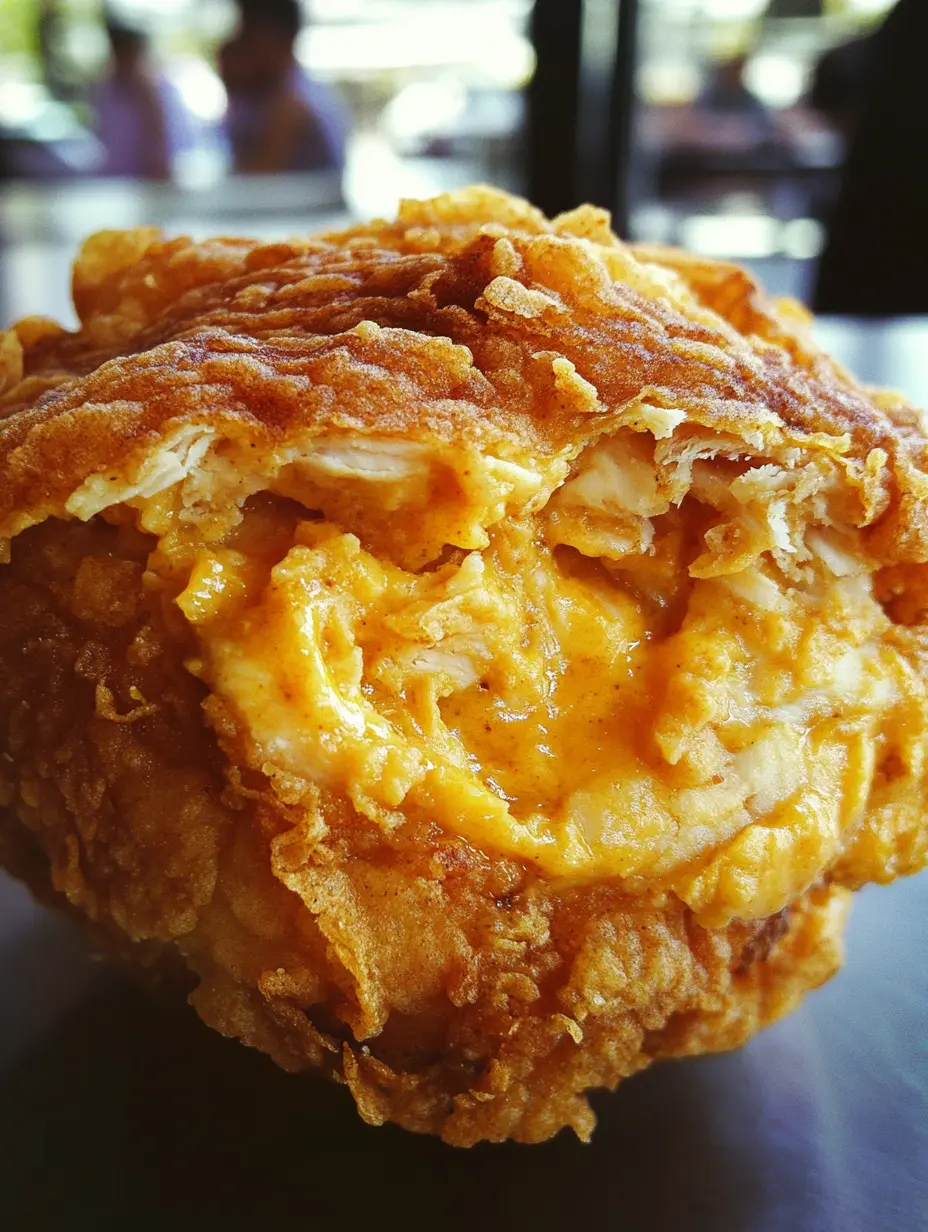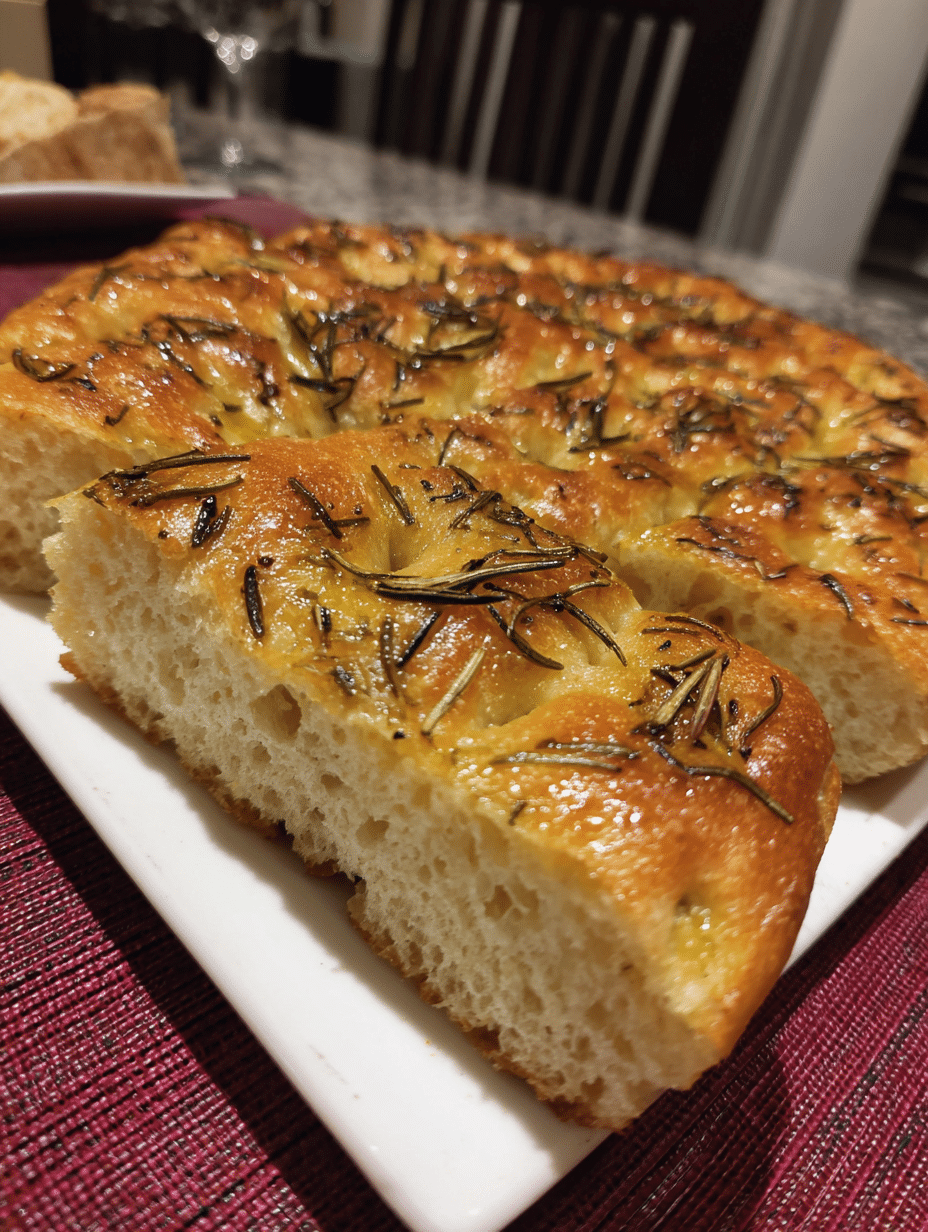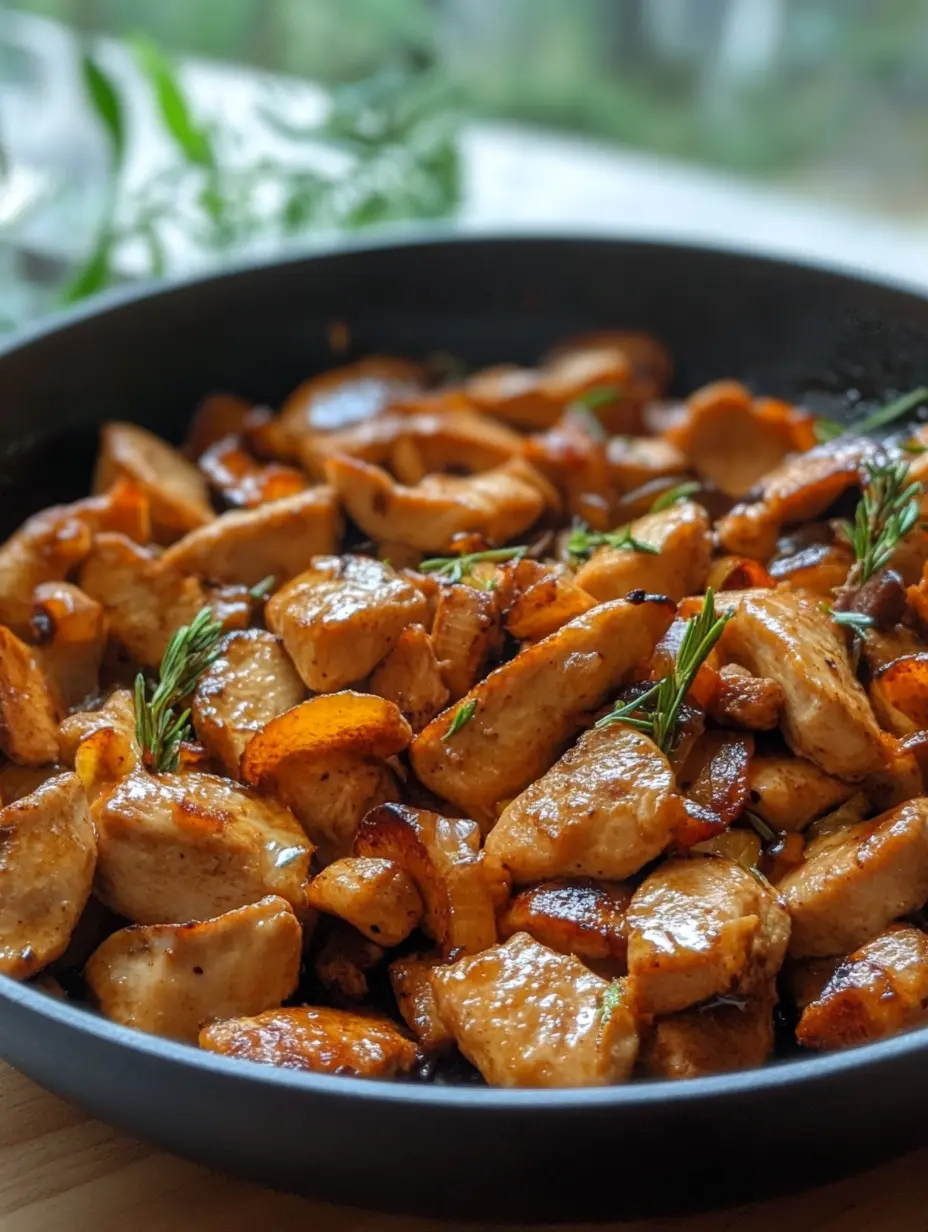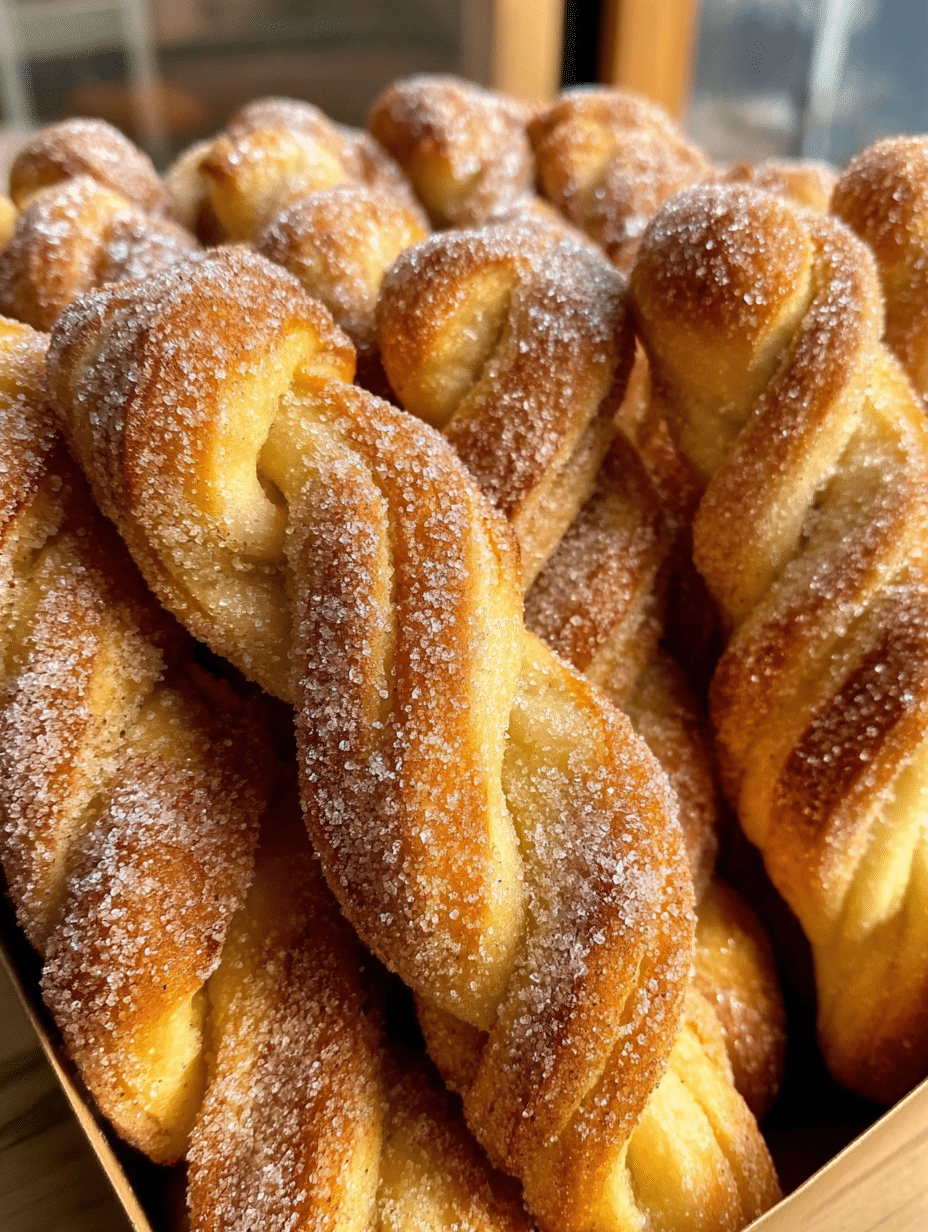Sourdough garlic knots are a match made in kitchen heaven. In this guide, I’ll walk you through exactly how to make these pillowy, golden knots of joy while answering common sourdough garlic questions and weaving in tips learned from countless batches. You’ll also get expert-tested baking advice, troubleshooting help, and variations worth trying (hello, cheesy twist). Let’s knot waste time.
Table of Contents

Sourdough Garlic Knots – Soft, Buttery, and Irresistible
- Total Time: 6
- Yield: 12 knots 1x
- Diet: Vegetarian
Description
Soft, buttery, and tangy sourdough garlic knots with a perfectly chewy interior. Ideal for pizza night, soups, or as a garlicky snack.
Ingredients
1/2 cup active sourdough starter (100% hydration)
1 cup warm water
2 1/2 cups all-purpose flour
1 tsp salt
1 tbsp olive oil
2 tbsp melted butter (for brushing)
2 cloves garlic, minced
1 tbsp fresh parsley, chopped
Instructions
1. Mix starter, water, and flour into a shaggy dough.
2. Add salt and olive oil, knead until smooth. Cover and ferment 4–6 hours.
3. Turn dough onto floured surface, divide into 12 pieces. Roll each into 8” rope and tie into knots.
4. Place on parchment-lined tray, cover and rise 1–2 hours until puffy.
5. Bake at 425°F for 14–16 minutes until golden. Brush immediately with garlic butter and parsley.
Notes
Use roasted garlic in butter to avoid fermentation issues.
Add Parmesan before baking for cheesy flavor.
Freeze extras and reheat at 350°F.
- Prep Time: 15
- Cook Time: 16
- Category: Bread
- Method: Baking
- Cuisine: American, Sourdough
Nutrition
- Serving Size: 1 knot
- Calories: 130
- Sugar: 0g
- Sodium: 190mg
- Fat: 4g
- Saturated Fat: 2g
- Unsaturated Fat: 2g
- Trans Fat: 0g
- Carbohydrates: 19g
- Fiber: 1g
- Protein: 3g
- Cholesterol: 8mg
Keywords: sourdough garlic knots, sourdough bread, garlic knots recipe
My Story & Sourdough Garlic Knot Basics
What sparked my obsession with sourdough garlic knots
There’s a small window in late afternoon when the light hits just right on my wooden kitchen counter in West Lafayette. That’s when I’m usually shaping dough peaceful, flour-dusted, often barefoot. The first time I made sourdough garlic knots, it was one of those golden-hour afternoons. My sourdough starter had been neglected and needed a purpose. I had garlic confit in the fridge and a craving for something soft, warm, and nostalgic. Instead of basic rolls, I twisted the dough into knots, brushed them with garlicky butter, and pulled them from the oven just as the sun slipped away. They disappeared in minutes.
I’ve made these sourdough garlic knots more times than I can count now. They’ve become a staple for pizza nights, pasta dinners, and even just alongside a big bowl of crack chicken noodle soup. The tang from the sourdough starter gives these knots depth that commercial yeast can’t match. And let’s be honest: buttery garlic on warm bread is pure joy.
In this recipe, we’ll use active sourdough starter to create flavor and lift. If you prefer discard-based bakes, I also have a version with discard here that’s a quicker alternative. Either way, garlic knots make the whole kitchen smell like comfort.
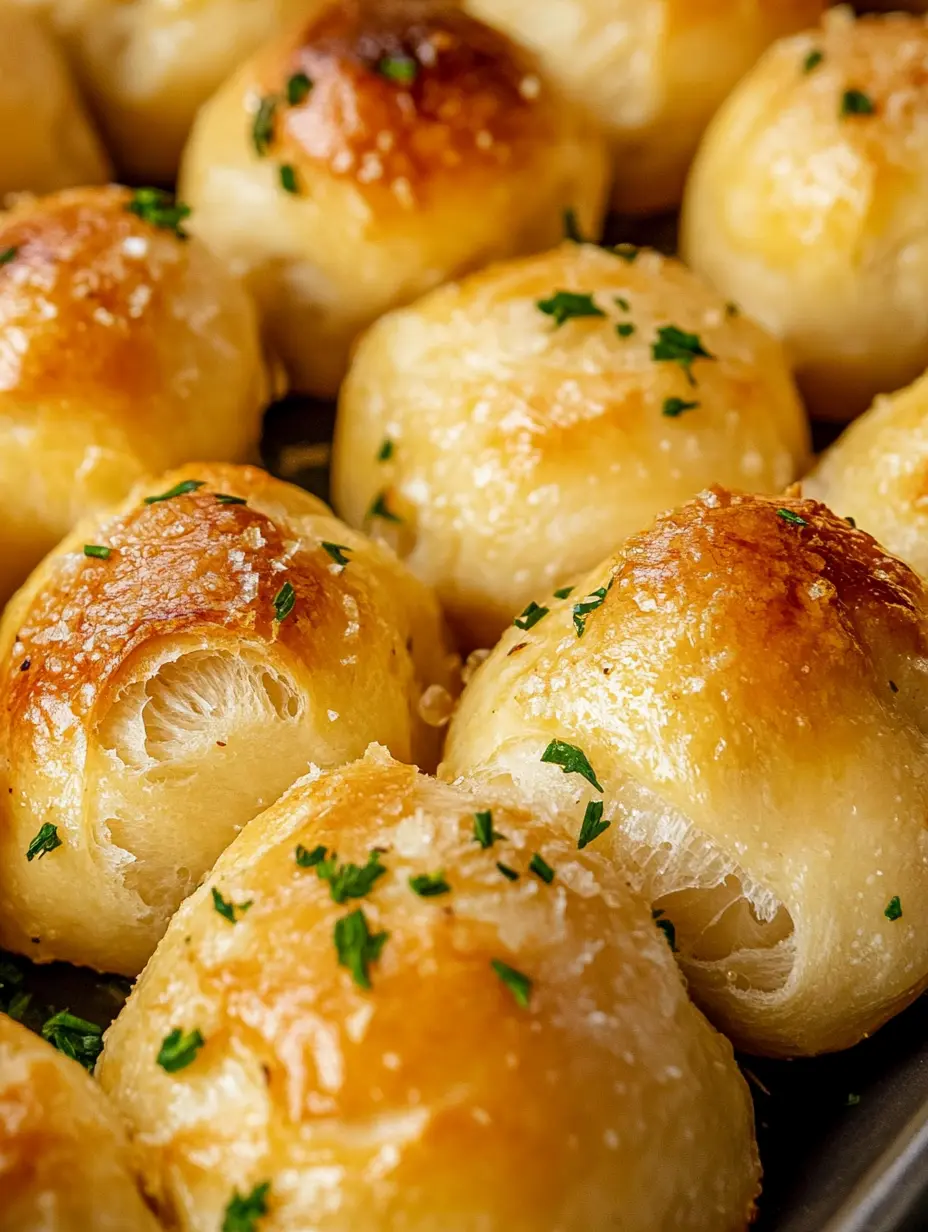
Why sourdough garlic knots are worth the time
What sets sourdough garlic knots apart isn’t just the flavor it’s the texture and process. You get soft interiors, slight chew, and that layered complexity from natural fermentation. Plus, shaping the knots is almost meditative. It reminds me of my mom’s holiday rolls except these are a bit more rustic, with twisted buttery ridges.
The long ferment also means these knots digest easier and stay fresh longer. And unlike store-bought dough, you control the ingredients and can add herbs, cheeses, or roasted garlic right into the mix. I sometimes serve them with sourdough garlic pull-apart bread for a crowd, and people always ask for the recipe.
Looking for something similarly garlicky but quicker? Try my sourdough discard naan or garlic herb crackers to scratch that itch.
Stay with me for the rest of this recipe, and I’ll show you how to get the texture just right, avoid garlic fermentation pitfalls, and shape perfect knots every time.
Mastering Dough and Fermentation for Sourdough Garlic Knots
How to shape sourdough garlic knots like a pro
Shaping garlic knots sounds fancy, but it’s actually very forgiving perfect if you’re just getting into sourdough. After your dough’s first rise (bulk fermentation), gently turn it onto a floured surface. Divide it evenly into 12 to 16 portions, depending on the size you want. Roll each piece into a rope about 8 inches long. Then, simply tie it into a loose knot like you’re tying a shoelace.
Don’t stress about perfection. Imperfect knots bake up beautifully. If the dough resists or shrinks, let it rest for 5–10 minutes to relax the gluten. This resting trick also helps if you’re trying out variations like cheddar biscuits or denser add-ins like grated cheese.
Want to get creative? Twist in a few pinches of fresh rosemary or roasted garlic paste into the ropes before knotting. You can also brush the knots with melted butter before baking for extra richness. That’s a tip I picked up after a test batch of my sourdough pretzels came out a little too dry fat is your friend.
The fermentation window: what to watch for
Fermentation is where the magic happens and also where things can go sideways if you’re not paying attention. For sourdough garlic knots, aim for a warm first rise (bulk fermentation) of 4–6 hours, or until the dough has visibly doubled. This timing can stretch to 8 hours in cooler kitchens. If your starter is sluggish, give it a boost by feeding it the night before and using it at peak activity.
The second rise happens after shaping. Cover your knots and let them puff up for 1–2 hours, or until they look noticeably fuller and spring back slowly when touched. This step is crucial for achieving the soft, fluffy texture that defines sourdough garlic knots. Underproofed knots can bake up dense, while overproofed ones collapse.
Garlic can sometimes inhibit fermentation, especially if you mix it directly into the dough. That’s why I recommend brushing it on after baking or just before if you’re using roasted garlic. You can read more on garlic dough interaction in my notes under garlic pull-apart breads, which follow similar fermentation logic.
Pro tip: If your dough is slow to rise and it’s getting late, pop the shaped knots in the fridge overnight. Then bake them straight from cold the next day. This cold ferment improves flavor and gives you scheduling flexibility something every home baker appreciates.
Baking, Brushing & Bold Flavors for Sourdough Garlic Knots
Bake your sourdough garlic knots like a bakery
The difference between decent and divine sourdough garlic knots comes down to the bake. Once your knots are puffed and ready, preheat your oven to 425°F (218°C). Use a baking stone or steel if you have one it gives that irresistible golden bottom. Otherwise, a parchment-lined baking sheet works just fine.
Before baking, brush the knots lightly with olive oil or an egg wash if you want a glossy finish. Bake for 14–16 minutes until they’re deeply golden. Keep an eye on them during the last few minutes garlic knots go from golden to overbaked quickly. If you’re experimenting with toppings like sesame or Parmesan, add them before baking so they crisp into the dough.
After they come out of the oven, don’t wait. Brush immediately with melted butter, minced garlic, and a sprinkle of parsley or flaky salt. This finishing touch is where the magic happens. That garlicky butter soaks into every ridge, and the steam from the knots helps it cling.
Want to switch things up? I often pair these with cheesy breadsticks when hosting game night. It’s like a garlic-themed dream team.
Flavor twists worth trying
Sourdough garlic knots are a canvas for flavor. Once you’ve nailed the basics, here are some standout variations:
- Cheesy Garlic Knots: Add shredded mozzarella or Parmesan to the dough ropes before tying. Sprinkle more cheese on top before baking for melty, golden edges. I used this trick in my jalapeño cornbread muffins and brought it into my knot game.
- Herbed Garlic Knots: Mix finely chopped rosemary, oregano, or thyme into the dough for an earthy aroma. Add Italian seasoning to the butter glaze post-bake for pizzeria-style flavor.
- Spicy Garlic Knots: Infuse the garlic butter with a pinch of red pepper flakes or smoked paprika. For heat lovers, try brushing on chili oil or using roasted jalapeños like I do in my jalapeño popper breads.
And don’t forget dipping sauces. Warm marinara, ranch, or even garlic aioli turns these into the ultimate appetizer.
Not into shaping knots every time? Make a batch of garlic sourdough pull-apart bread instead it’s the same flavor profile, zero braiding stress.
Storing, Reheating & Avoiding Garlic Knot Mistakes
How long can sourdough garlic knots sit out and how to store them
Fresh out of the oven, sourdough garlic knots can sit on your counter uncovered for about 4 hours. After that, if you’re not planning to eat them the same day, cover loosely with foil or a breathable towel to keep the crust soft and the garlic aroma intact.
For overnight storage, move cooled knots to an airtight container or zip-top bag and refrigerate. Yes, garlic sourdough needs to be refrigerated if it’s been brushed with real butter or contains cheese. Garlic-infused oil left at room temp too long can pose a food safety risk. I always pop mine in the fridge and reheat when ready.
Reheating is simple: warm them in a 350°F oven for 5–8 minutes, or microwave for 15 seconds (wrap in a damp paper towel to avoid toughness). If you’re prepping for a party, bake them ahead and store in the fridge. Reheat just before serving, then brush with a fresh round of garlic butter. It works beautifully just like my sourdough poppers which reheat perfectly, too.
For longer storage, freeze baked knots in a single layer, then move to a sealed bag. Thaw at room temp or reheat straight from frozen in the oven.
The biggest mistakes to avoid with sourdough garlic knots
Let’s talk flops because we all have them. Here are the top mistakes I’ve made and fixed over the years:
1. Underfermenting the dough: If your knots are dense, they probably didn’t proof long enough. Check your starter health and give it more rise time especially in cooler weather.
2. Adding raw garlic to the dough: Raw garlic can inhibit fermentation and cause funky smells. If you’re going for full garlic flavor inside, use roasted garlic or garlic powder. I learned this the hard way testing sourdough discard crackers too much raw garlic, not enough rise.
3. Baking too hot or too low: Oven temp matters. Too low, and the knots bake pale and dry. Too high, and the garlic burns. Stick to 425°F, and rotate your tray halfway through if your oven runs unevenly.
4. Over-kneading: Especially by hand, overworking the dough can make knots tough. Mix just until smooth, then let the fermentation do the heavy lifting.
Keep these tips in mind and your sourdough garlic knots will turn out fluffy, flavorful, and wildly addictive.
FAQS
What is the biggest mistake you can make with your sourdough starter?
Neglecting feedings and using it when it’s inactive. Always use your starter at peak activity bubbly, doubled, and smelling sweet-sour.
Does garlic inhibit sourdough fermentation?
Yes. Raw garlic has natural antimicrobial properties that can slow fermentation or interfere with yeast. It’s best added after baking or in roasted form.
How long can garlic knots sit out?
Up to 4 hours at room temperature. For longer, refrigerate especially if they’ve been brushed with garlic butter or cheese.
Does garlic sourdough need to be refrigerated?
Yes, especially if it includes butter or cheese. Always refrigerate or freeze garlic sourdough knots after baking to keep them safe and fresh.
Conclusion: Make Sourdough Garlic Knots Part of Your Comfort Baking Routine
Whether you’re just dipping your toe into sourdough or you’ve been maintaining your starter for years, these garlic knots are a joy to make and even better to share. They’re soft, golden, and packed with that savory, tangy flavor we love. Serve them with pasta bakes or enjoy as a stand-alone snack. However you eat them, make extra they vanish fast. more recipes follow me: facebook – Pinterest

